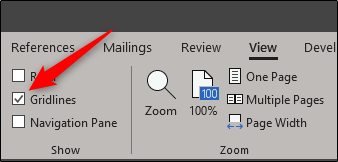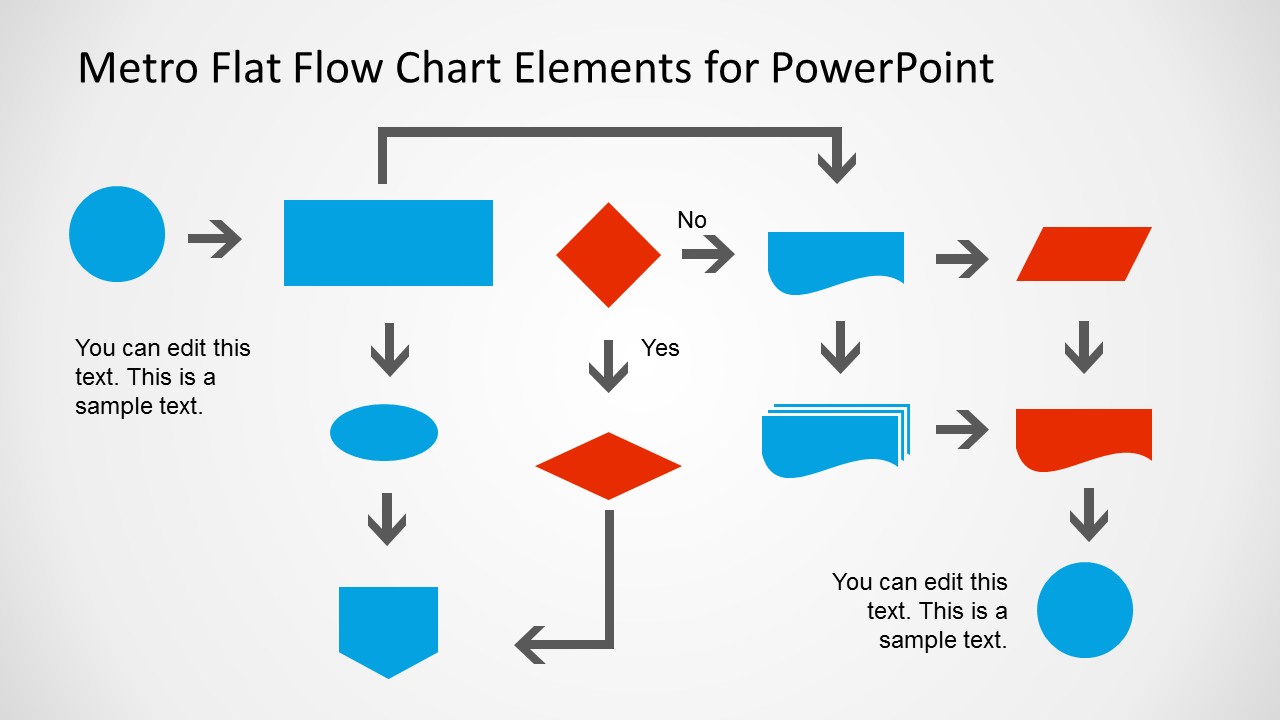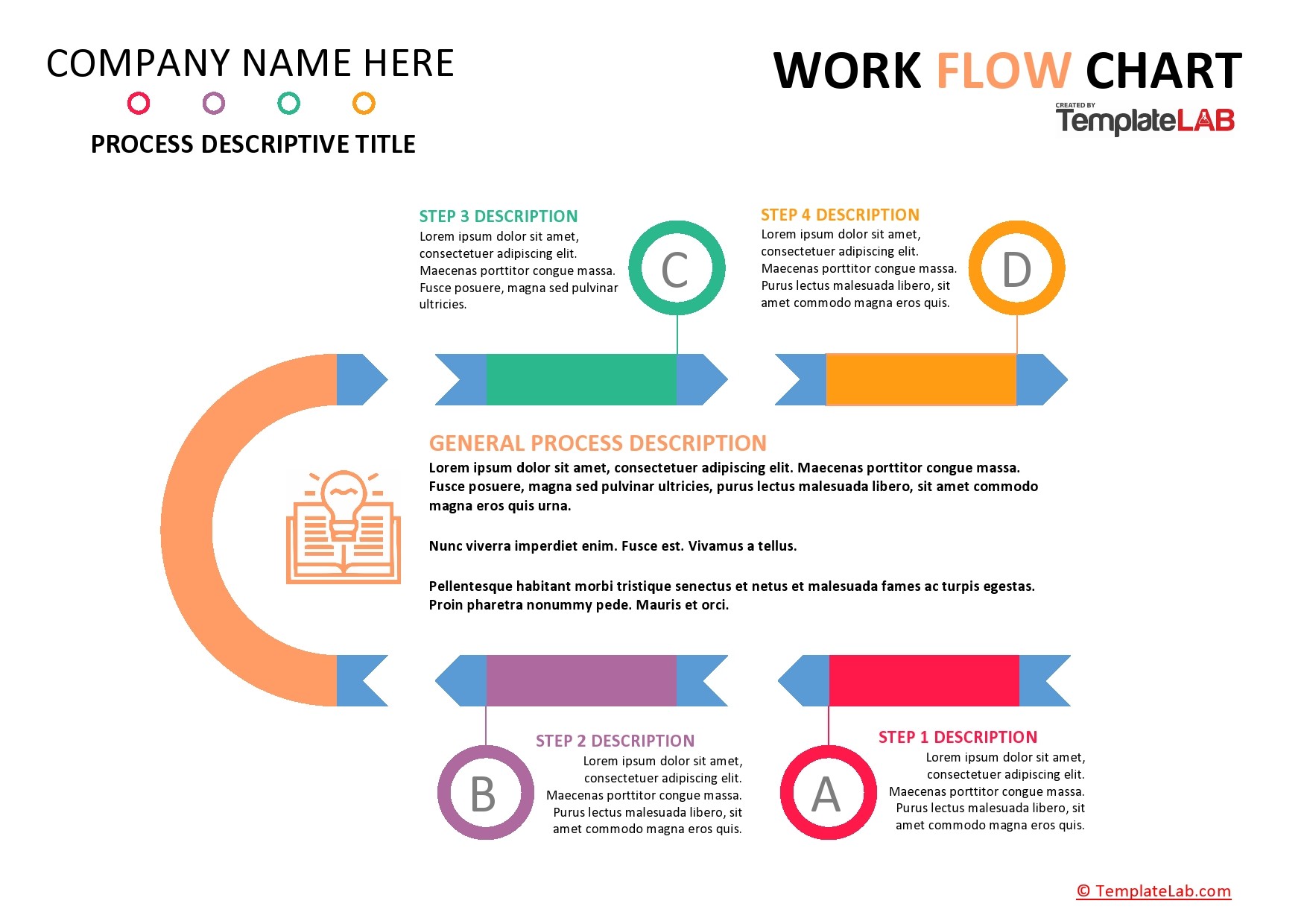
This flowchart can be downloaded anytime in Word or Excel format. Further, it features several shapes to present the data for a particular project. Here is the accessible example of the Flow chart template.

You can use this sample for your own purposes to present particular information in a good manner.

It provides a well-structured format along with different shapes to manipulate the instructions.Īnother useful theme of the Flowchart template. Use this flow chart template with vertical swimlanes. Here we have created five templates exclusively for you: Flow Chart Template 16 These tips are a great way to help you come up with the best flow charts for your business. In addition, a colorful chart can make your presentation come alive. For example, if you are using a photo of your products to illustrate the benefits of their use, then you can use a graphic image in your presentation.

For this, you should try to play with the colors and the images that are contained in your presentation. However, you should be careful to not switch your reader’s attention from the main topic because that would ruin the purpose of having them read through your slides.Īnother great way to make a presentation come alive is to use visual effects. Try to choose simple and short titles so as not to bore your readers. You can use color to highlight the title of your flow chart templates. Your title should stand out and grab the attention of your audience. In addition, you should also pay attention to the title of your presentation. Green, blue, and red are good colors to use since they are easy to read and they do not become boring over time. If you would like to add colors to your charts, it is best if you stick with neutral colors. You can also add a pie chart that displays the change in value over time. You can include a bar graph with a scatter plot to display the relationship between two variables. Here are some other tips that you can use when creating flow charts in your presentation. However, these charts should not be all you use in your presentation because they can become boring and they will lose their meaning after a few years. These types of charts can be very effective when it comes to depicting change over time, trends, relationships, and other useful visualizations. The main purpose of line charts and bar charts is to provide hard data and allow readers to visualize the data easier. You don’t want to have too many categories and none of them really fit. Just make sure that the icons you use fit well with your categories and that the size of each category is reasonable. Using icon-based charts is a great way to make your graphs visually appealing. When you use icon-based formats in your charts, it can easily become confusing for the readers because they might not recognize the icons or they might not be able to relate between the icons in the different categories. Blank spaces will only clutter the chart, so make sure to use them wisely.ĭo not use irrelevant icons in your flow chart templates. This will effectively visually convey the idea that each step in the process has an impact on the next step. One effective way to do this is to include one blank column for each step in the process and use the other columns for additional information. Flowcharts are very helpful for presenting information visually, and therefore you should make sure that the charts you create effectively convey all the main points. Even though you can fill in the blank spaces to customize your flow charts, it’s still best that you write in the actual data instead of filling in the blank spaces. What you should Include in a Flow Chart?ĭo not use blank in your chart. Just make sure that the information is in the proper format.

So if you want to present information in a more organized and detailed manner, consider using pre-written flow chart templates. In addition, these visual illustrations can be written by hand to provide an easier form of writing. For example, you can use a line chart to visually depict a two-step process, or you can use a graphic image to visually depict a three-step process. Flowcharts have many forms and can be presented in several ways depending on the purpose. Here are seven guidelines to help you avoid common mistakes when creating flowcharts: However, there are some common problems and pitfalls that often occur when using flowcharts. Many companies use flowcharts to present information to customers or clients in an effective and organized manner.


 0 kommentar(er)
0 kommentar(er)
